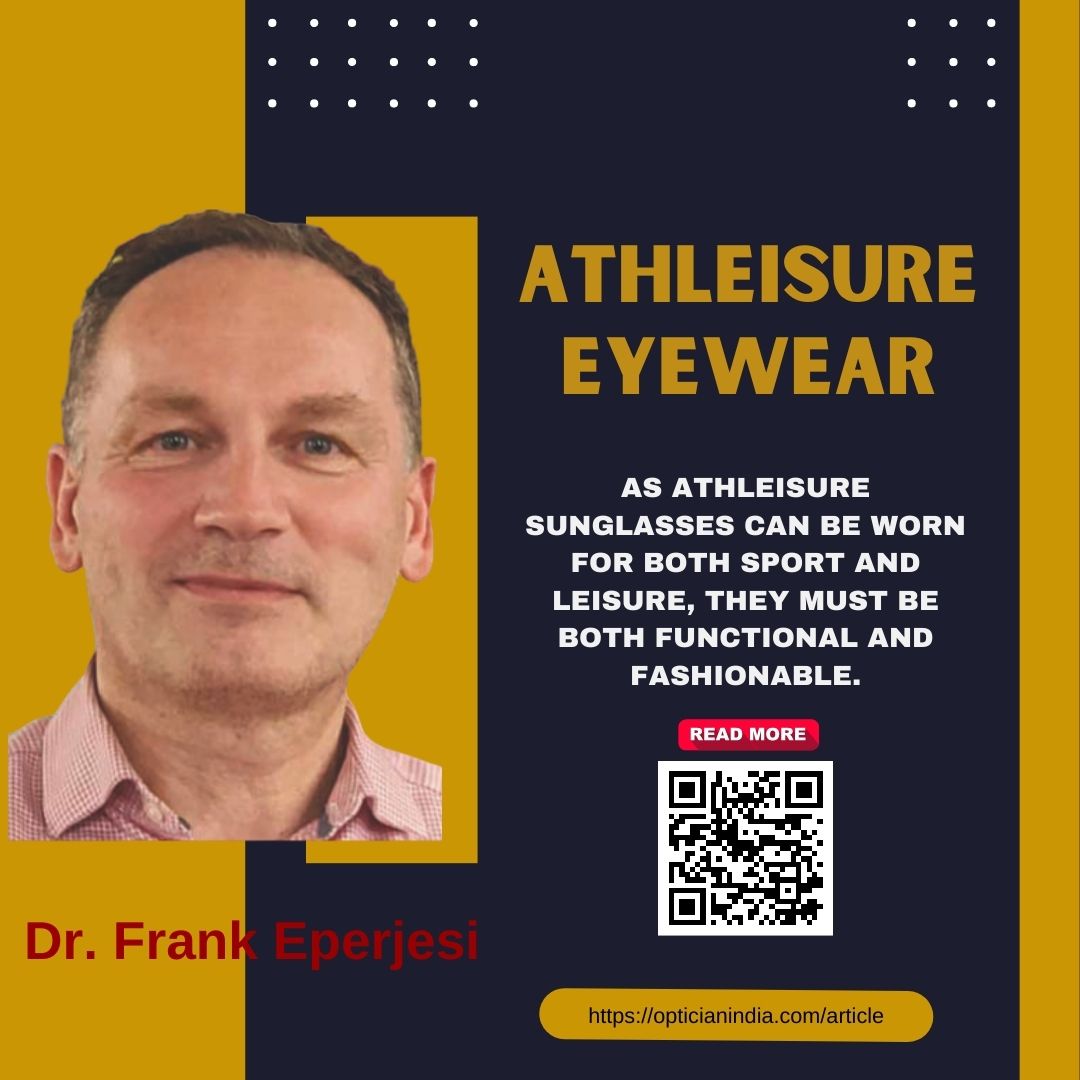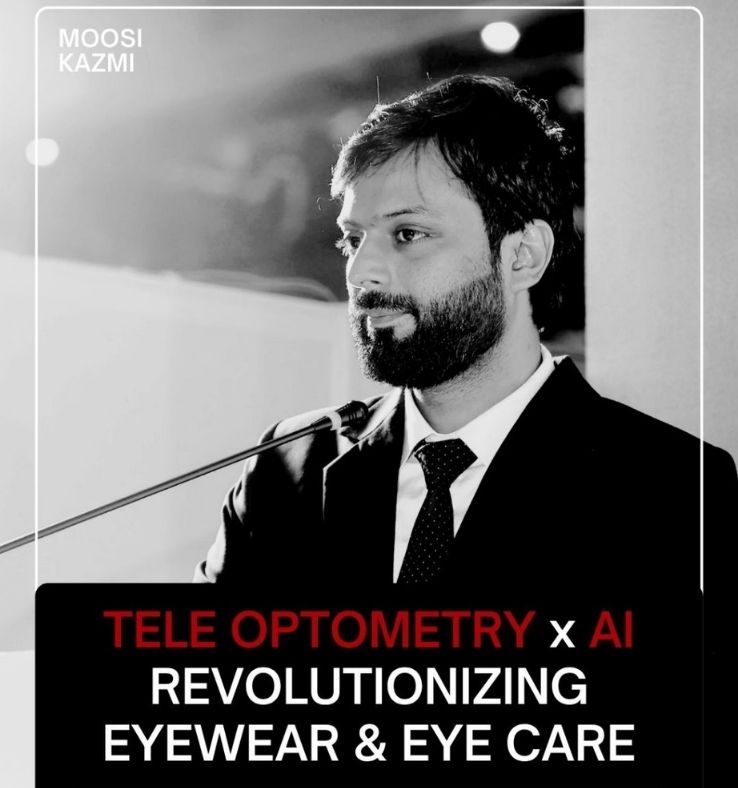Athleisure Eyewear- As athleisure sunglasses can be worn for both sport and leisure, they must be both functional and fashionable.

Athleisure is a hybrid style of athletic clothing typically worn as everyday wear. Since the 2010s, it has become common to wear gym clothes outside the gym, whether the wearer is exercising or not as it is versatile, comfortable, and fashionable. The athleisure style also includes sunglasses and prescription sunglasses. As with clothes, athleisure sunglasses can be worn for many different types of sport but also for everyday activities such as driving, walking, jogging, and outdoor parties. In fact athleisure sunglasses can be worn for any outdoor activity where being protected from glare and extra light will help people see more clearly and more comfortably while wearing stylish frames.
As athleisure sunglasses can be used for sport and for leisure they will need to be functional and fashionable. Fashion is a personal choice so here I will focus on function. It’s important that the frame material can cope with outdoor weather conditions so a frame made from nylon or a plastic material such as Grilamid TR-90 will provide excellent weathering stability, stress crack resistance, chemical resistance, toughness and stiffness even at low temperatures, high flexural fatigue strength, light weight, low water absorption, high heat deflection with a secure fit on nose and ears. Titanium frames offer similar benefits and are corrosion free. These properties will allow the frames to be lightweight and at the same time resist impact and weather damage that may occur during outdoor activities.
When athleisure sunglasses are used for outdoor activities perspiration could cause the frames to slip down the nose, so a pair that has rubber nose pads and temple tips will work best for keeping the frame settled for optimum vision and comfort.
Athleisure sunglasses used for running and high intensity training will need to have a design that allows air to circulate and prevent moisture accumulation. Some frames have rubber channels in the temple arms to increase airflow and grip, and anti-fog ventilation holes throughout the frame.
|
The lenses are also important. Even if the sport being undertaken is not competitive but more for health and/or social reasons it is important that the wearer has the best possible vision and visual comfort. Glare reduction will result in better contrast and visual comfort. For cycling, performance sunglasses with anti-fog and anti-scratch lenses. For fishing, golf and shooting polarized sunglasses with antireflective coatings and polycarbonate lenses. For skiing and snowboarding ski goggles or wraparound polarized sunglasses with mirror coated lenses. For tennis, track and field, outfield baseball and volleyball sport sunglasses with lightweight wraparound sport frame and tinted/reflective polycarbonate lenses. In terms of tints, the best one depends on the lighting conditions, environment and other factors related to the sport. Yellow or orange tints heighten contrast in overcast, hazy, low-light conditions outdoors or for indoor sports. They also filter blue light for sharper focus. Useful for cycling, hunting, shooting, skiing, snowboarding, snowmobiling, indoor basketball, handball, racquetball and tennis. Amber, rose or red increase contrast in partly cloudy and sunny conditions, but may cause significant colour imbalances. Useful in cycling, fishing (amber lenses for sandy lakes or streambeds), hunting, shooting, skiing, snowboarding, snowmobiling and water sports |
.jpg) |
Dark amber, copper or brown (includes melanin lenses) block some blue light to heighten contrast and visual acuity. Particularly useful to improve contrast on grass and against blue skies. Useful for baseball, cycling, fishing (especially in waters with grassy bottoms), golf, hunting, skiing and water sports. Golf glasses with copper-coloured lenses enhance the contrast of a white golf ball against the sky and the green background of fairways and greens.
Green increases contrast while preserving colour balance. Useful for baseball and golf.
Grey reduces overall brightness while preserving 100 percent normal colour perception. Useful for all outdoor sports in bright light conditions.
For people taking part in e-sports looking at computers, and flat-screen televisions for many hours will expose the eyes to a lot of blue light and therefore a blue light filter could protect the retina from long term damage.
People who are fashion conscious may want to finish off their athleisure clothing collection and complete their look with a pair (or multiple different pairs) of athleisure sunglasses with or with prescription lenses even if they are not planning any physical activity.

.jpg)

.jpg)
.jpg)
.jpg)


1.jpg)



.jpg)
.jpg)



_(Instagram_Post).jpg)
.jpg)
_(1080_x_1080_px).jpg)


with_UP_Cabinet_Minister_Sh_Nand_Gopal_Gupta_at_OpticsFair_demonstrating_Refraction.jpg)
with_UP_Cabinet_Minister_Sh_Nand_Gopal_Gupta_at_OpticsFair_demonstrating_Refraction_(1).jpg)

.jpg)








.jpg)



.png)




